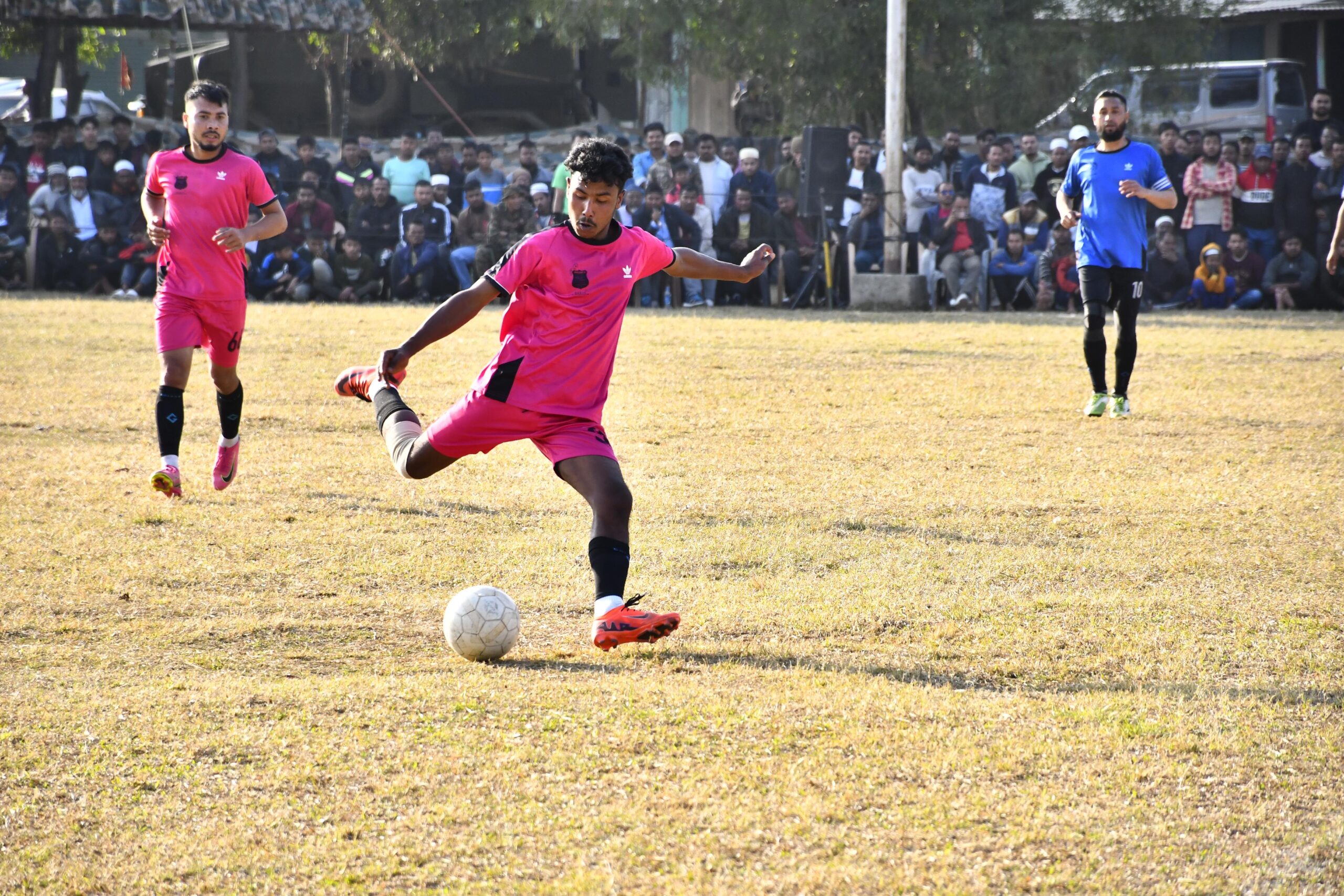The Interdepartmental Climate Research Centre (ICRC) at Cotton University (CU) has installed a lightning detection system to understand better severe storms and lightning activities over Assam and rest of the NE region. To prevent lightning-related disasters in this part of the globe regarded as a major theatre of lightning activities, equipment to ascertain their locations are long-felt requirements here.
This device has been developed by the Blitzortung Project based in Germany. ICRC has joined the Blitzortung Project that aims at realising lightning detection and lightning location network of the world using inexpensive receiver sites utilising information technology (IT). This project was started in 2012 by Prof Egon Wanke of Heinrich Heine University in Germany, and the network is set up and run by university and research centres which build their own receiver sites by assembling the system themselves.
Blitzortung is a lightning detection network for locating electromagnetic discharges in the atmosphere (lightning discharges) with very low frequency (VLF) receivers based on the time of arrival (TOA) and time of group arrival (TOGA) method. The aim of the Blitzortung.org network is to accomplish a low budget but high accuracy worldwide lightning location network based on a high number of receiver sites spaced close to each other. These stations transmit their data to a central server, where the stroke locations are computed by the arrival times of the signals.
This detector is a self-contained device that detects all forms of lightning (intra-cloud, cloud to cloud and cloud to ground) using a unique quasi-electrostatic operating principle developed by Blitzortung.org network. The antenna is connected to a computer via a global network that analyses the magnitude and characteristics of each signal (sferic) and generates maps of lighting activity centred on the observatory as well as information about the relative location, polarity (positive or negative) and type (inter-cloud, or cloud to ground) of each lighting stroke detected.
The operating methodology ensures very high detection efficiency whilst maintaining the false alarm rate close to zero.
At present, the network consists of more than 500 lightning receivers and some central processing servers over the entire planet. The sources of the signals located are in general lightning discharges. The abbreviation VLF refers to the frequency range of 3 to 30 kHz. The receiving stations approximately record one millisecond of each signal with a sampling rate of more than 500 kHz.
With the help of GPS receivers, the arrival times of the signals are registered with microsecond precision and sent over the Internet to a central processing server. Every data sentence contains the precise time of arrival of the received lightning discharge impulse (sferic) and the exact geographic position of the receiver. With this information from several stations the exact positions of the discharges are computed. The lightning activity is additionally displayed at a website on several public maps in real time. The average delay is between 3 and 20 seconds depending on the load of servers.
This observation programme is installed at Cotton University with support from Prof Ishikawa Hirohiko of the Disaster Prevention Research Institute, Kyoto University, Kyoto, Japan, said Dr Rahul Mahanta of ICRC, CU.


















